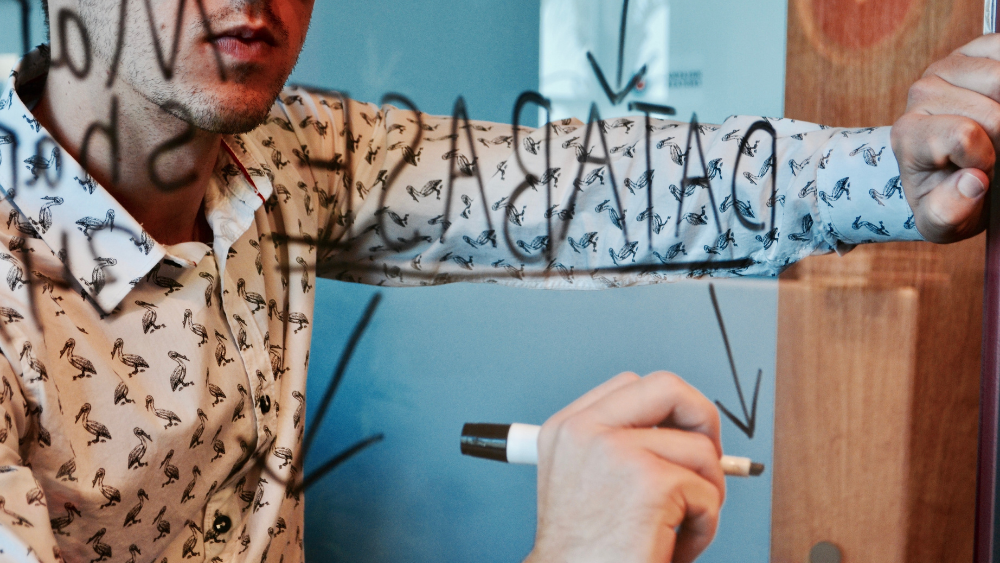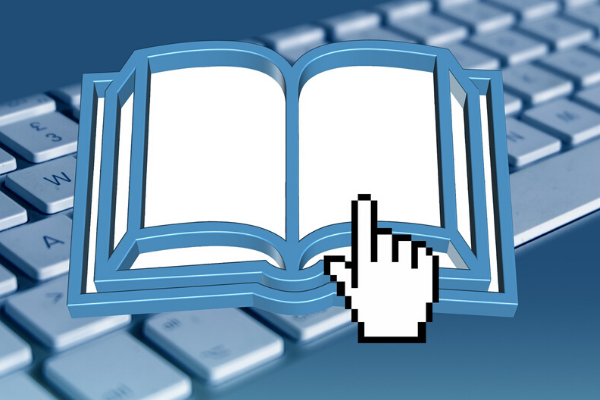Insights
INSIGHTS
All Topics
My Account
How digital is your charity?
23 Sep 2020by Chloe Green
We examine the top digital maturity tools you should know about
Maybe you’ve taken some strides towards a digital transformation and you’re wondering what more you could be doing to help better achieve your aims your digital. Or perhaps you’re just at the start of your journey with digital tech and are planning where to focus your efforts first. Either way, this is a good opportunity to measure or assess your level of digital maturity.
’Digital maturity’ is an organisation’s readiness to adopt digital technologies and processes and respond to digital trends affecting their sector.
A digital maturity self-assessment is a useful exercise for charity leaders to identify gaps in their capabilities, plan next steps and set short-term and long-term goals towards the more effective use of digital.
While there isn’t one single definition of what makes an organisation digitally mature, there are many frameworks, models and self-diagnostic tools for organisations in different sectors which set out the recommended key focus areas and how to work towards best practice. The charity sector is no exception, and as the sector grows in its use of digital there are more emerging.
So where to begin? We have picked out a few digital maturity benchmarking guides and frameworks targeted specifically at charities.
These are for assessing your charity’s digital capabilities as a whole – not including guides that are for specific areas of digital, such as CAST’s design principles for better digital services, or the Data Maturity Framework from Data Orchard.
Digital Maturity Matrix – NCVO
What it is?
Released by NCVO (National Council for Voluntary Organisations), this is a diagnostic tool designed for smaller and medium-sized charities to self-assess their digital maturity. It’s built to be fairly comprehensive: allowing organisations to score themselves across a large number of key areas on a scale of 1 to 4 from where they are now to where they want to be in future. You can choose from ‘not started’, ‘some activity’, ‘some success’ or ‘highly effective’ when describing current practice or ambitions.
The topics covered are: Leadership, User-Centred, Strategy, Risks, Data, Communications, Team, People and Skills, Internal Systems, Services, Accessibility.
The Matrix doesn’t cover areas such as digital culture and collaboration, ethics and diversity, or the social impact of a charity’s technology.
How to use it
By signing up with an email address, charities receive a unique link to their assessment.
Charities then go through and score themselves against each statement for how they’re doing now, vs. how they’re planning to be for a chosen period (for example, a year). This makes it useful to set out long term plans and for charities to assess themselves over time.
You can also benchmark against other charities and compare your results against the average score, by looking at the digital maturity matrix results page.
Charity Digital Code of Practice
What it is?
The Charity Digital Code has been a designed by a consortium of charities and charity sector support organisations as a best-practice set of principles to guide digital effectiveness, covering 7 key principles – Leadership, User-Led, Culture, Strategy, Skills, Managing Risks and Ethics, and Adaptability.
It’s designed for charities of all sizes to help them figure out the key actions they need to take to stay relevant, and increase impact, efficiency and sustainability, with separate guidelines for smaller and larger organisations.
There’s also a helpful pandemic-specific checklist for working through during the COVID-19 crisis.
How to use it
Although not a diagnostic tool, the guidelines in the Charity Digital Code can be used as a checklist for charities looking to benchmark their progress, either in digital as a whole or specific areas of their strategy. It gives key of a number of key success indicators for each area, using ’must’ and ’should’ to indicate minimum standards of best practice, and ’could’ to indicate enhanced best practice.
The Code authors suggest that organisations use it on a regular basis and as a discussion point in board and executive meetings. There are also suggested links to key resources to learn more and inspiring case studies from charities, and you can sign up to a weekly email over seven weeks that helps you get started.
Digital Leadership framework
What it is?
The Digital Leadership Framework is an online diagnostic test created by charity digital consultant Brani Milosovec, which is most suited to larger charities that want to analyse the steps they need to take to maximum digital effectiveness.
The framework identifies fifteen competencies, against which charities can score themselves between 1 and 5, working out an overall score out of 100% for each area.
The competency areas are: Internal Systems, Culture, Leadership, Communications, Data, Finance and Sustainability, Services and Innovation.
It doesn’t cover risks and cyber security, or areas such as accessibility, ethics and diversity.
How to use it
This test works best when used by heads of digital and their colleagues to capture different perspectives in the organisation. You can also benchmark your charity against others by each competency area by measuring against the average data.
Our Events
Charity Digital Academy
Our courses aim, in just three hours, to enhance soft skills and hard skills, boost your knowledge of finance and artificial intelligence, and supercharge your digital capabilities. Check out some of the incredible options by clicking here.



















